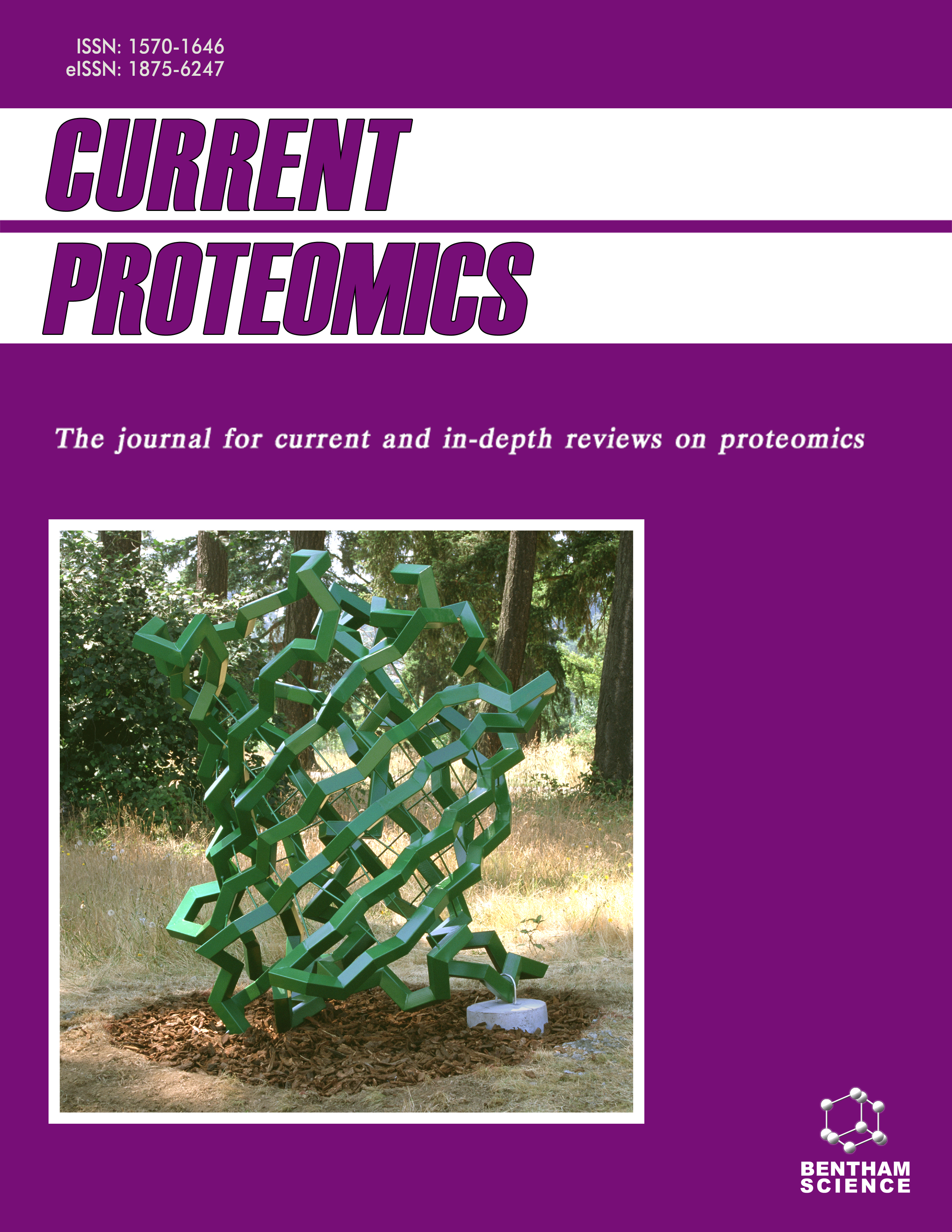
Full text loading...
We use cookies to track usage and preferences.I Understand
In E. coli, the production of proteins as inclusion bodies (IBs) caused a decrease in the solubility and activity of these products. Diverse approaches and methods have been used by investigators to overcome this problem. The secretion of recombinant proteins into the periplasmic space by means of suitable signal peptides is a way to resolve these limitations for the production of recombinant proteins in a native form. Secretory production of recombinant proteins in bacterial hosts has many advantages and thus, it is a topic of interest. However, it is hard to achieve due to the difficulty of the process and the need for the choice of appropriate signal peptide for each host and protein. Based on the literature, different signal peptides have experimentally been applied to enhance the solubility of various recombinant proteins. It has been shown that the secretion efficiency of a given protein differs dramatically based on the type of the signal peptide that is attached to the protein. Therefore, the choice and alteration of signal peptides are the two crucial approaches for the improvement of a recombinant protein secretion that have been discussed in this review. Also, different factors affecting the expression and solubility of recombinant proteins have been discussed.

Article metrics loading...

Full text loading...
References


Data & Media loading...

